Preliminary Plats
We Can Oversee the Permitting Process From Start to Finish…
Designing Creatively
Thinking Outside the Box for Cost Effective Solutions.
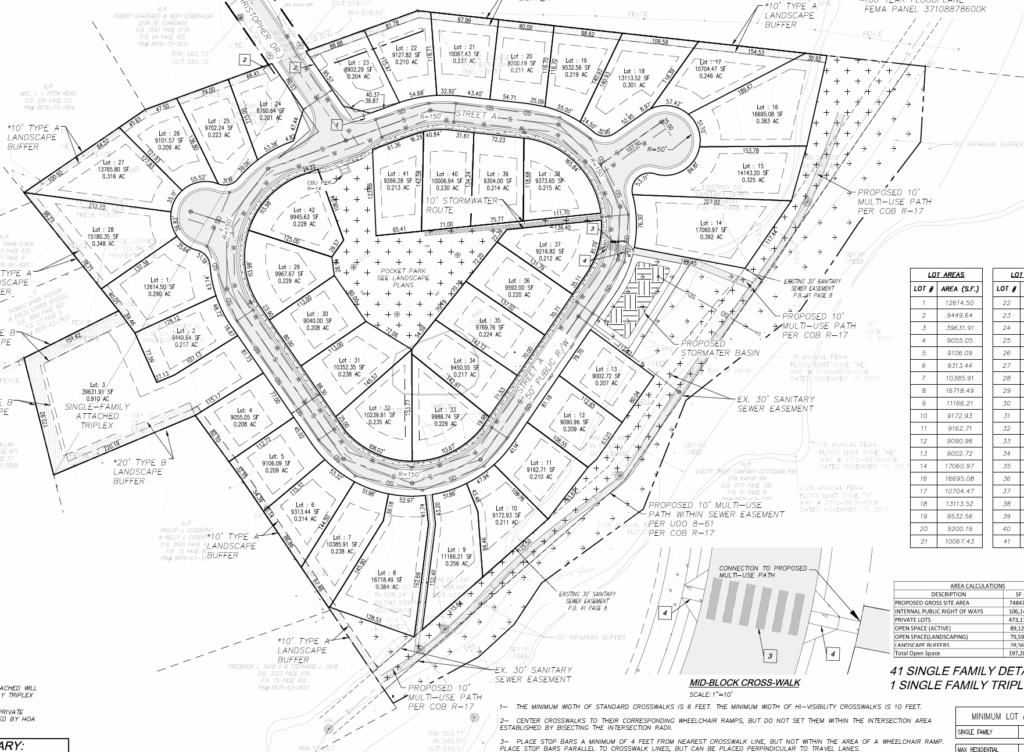
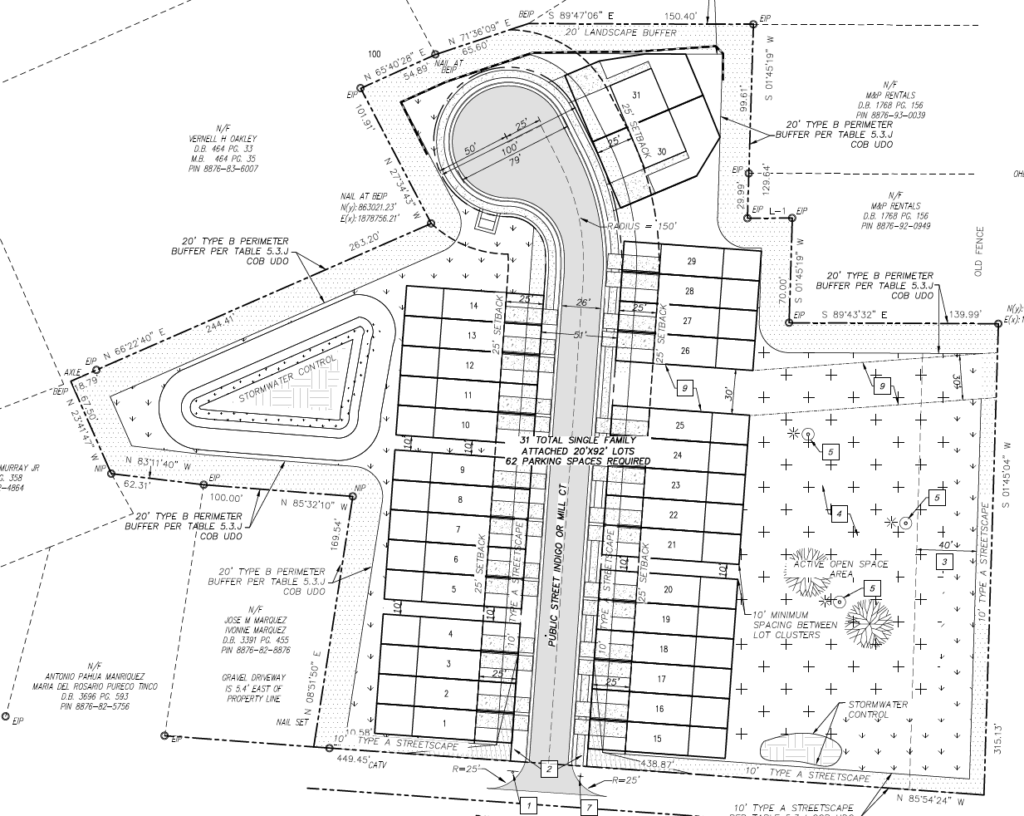
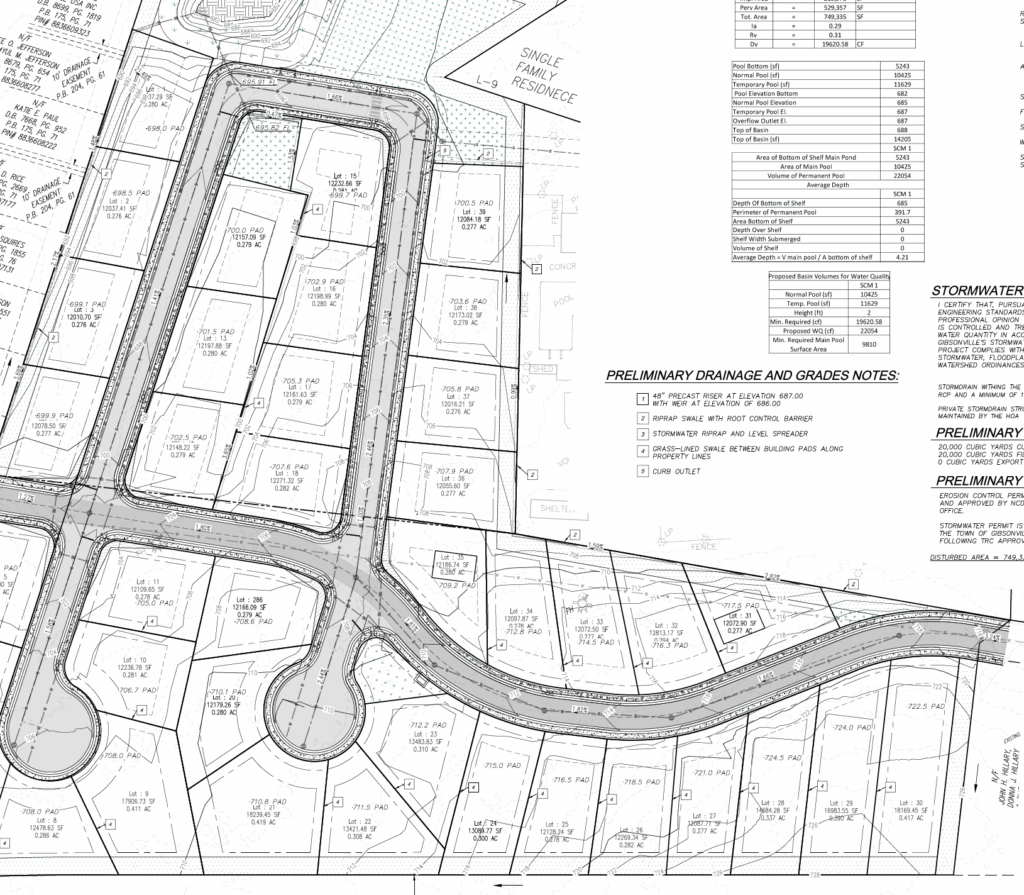
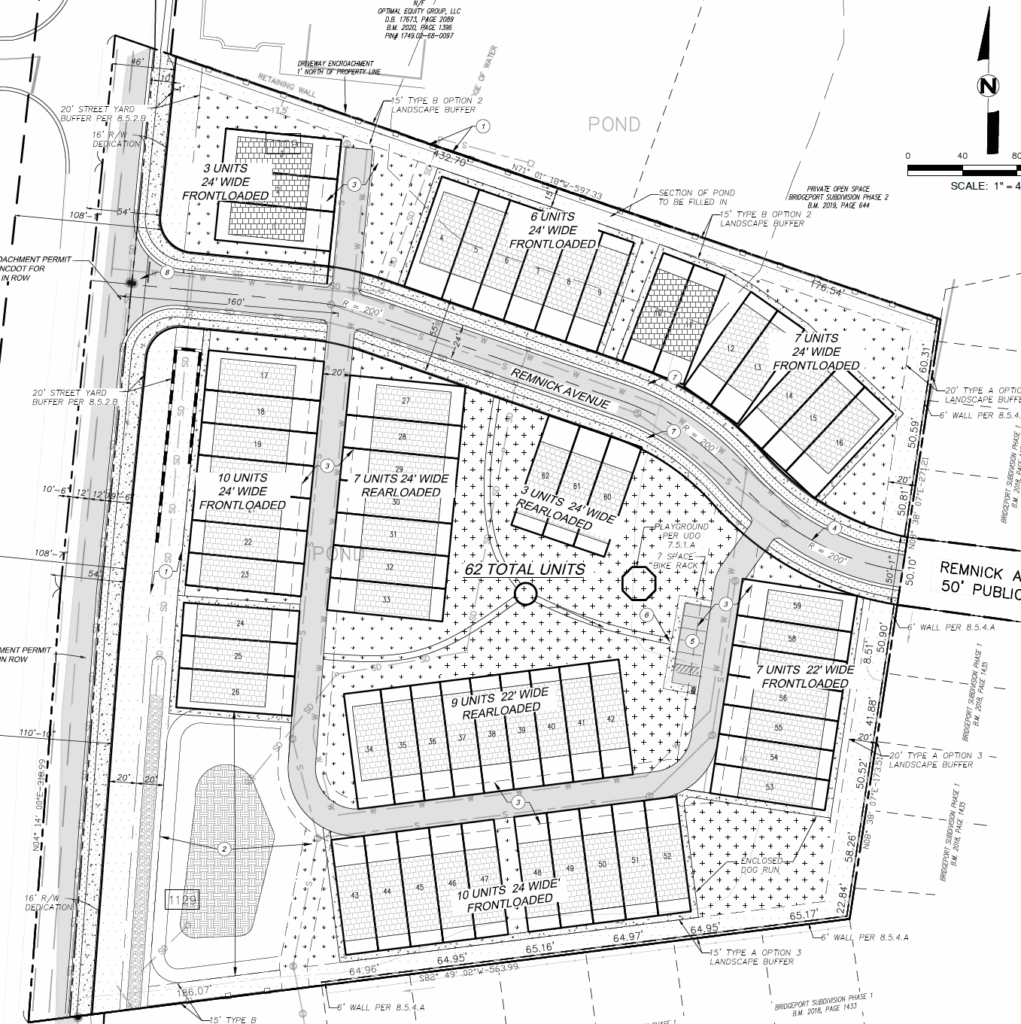
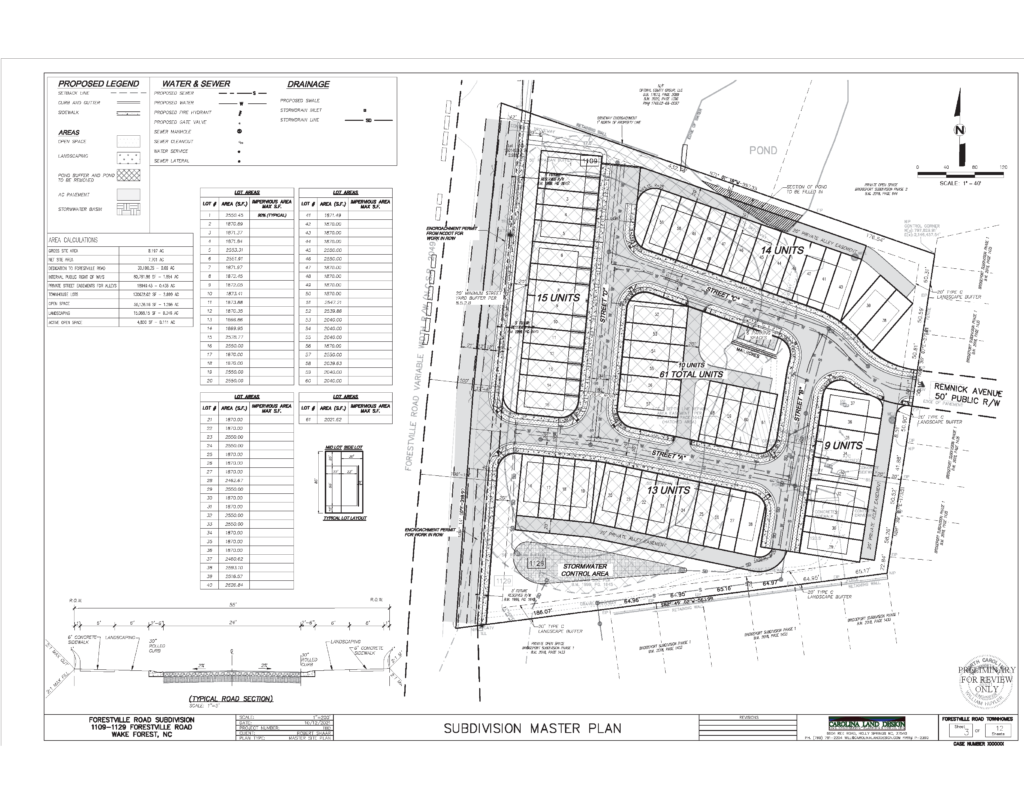
Interested In Working With US?
CLD has provided preliminary plats to clients over the state of North Carolina. If you want to know if we can serve you, don’t hesitate to reach out!
The Preliminary Plat Process
There is a number of steps that need to be taken for your property to get entitled.
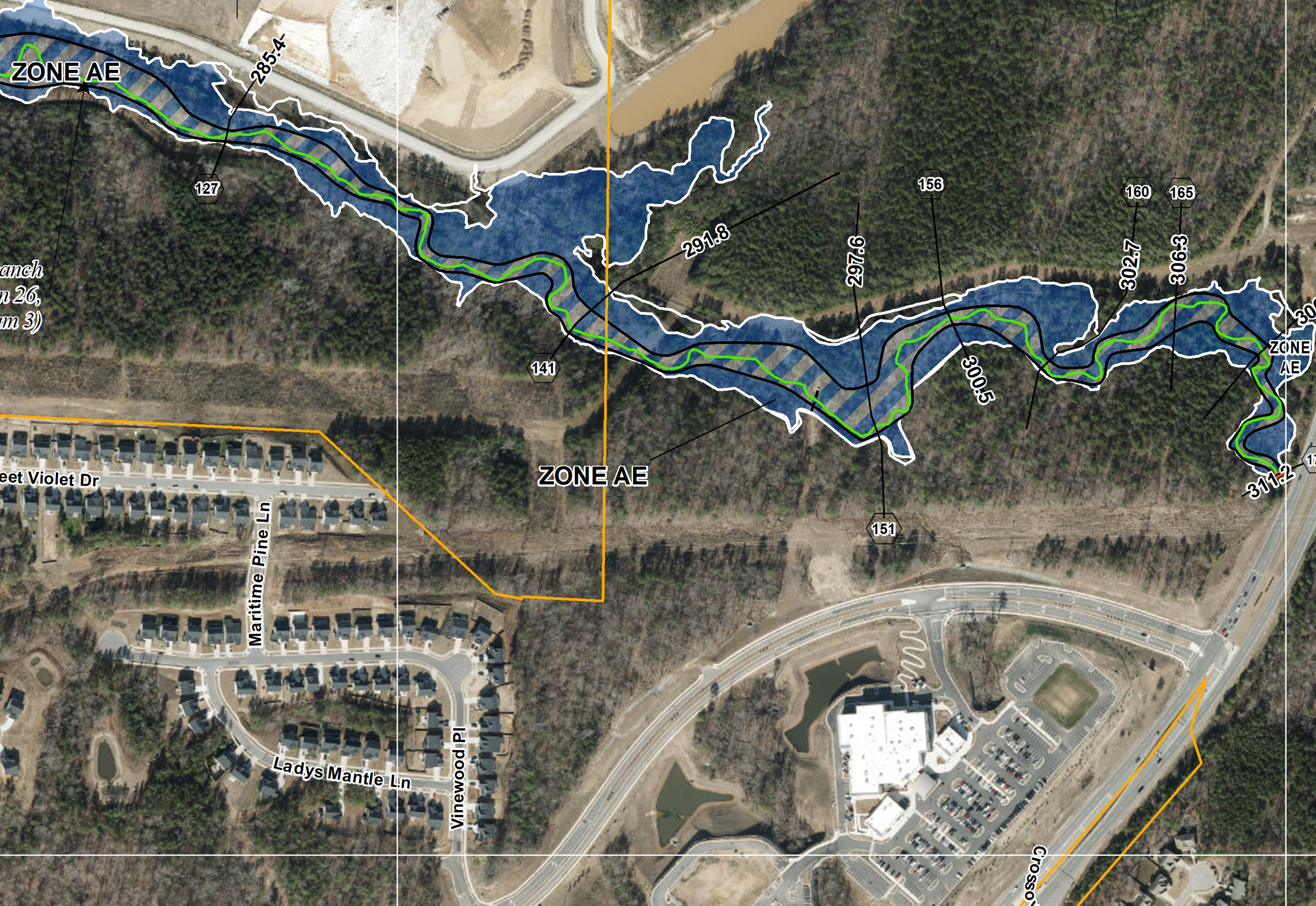
Step 1 - Due Diligence
Feasibility studies for the property you're interested in.
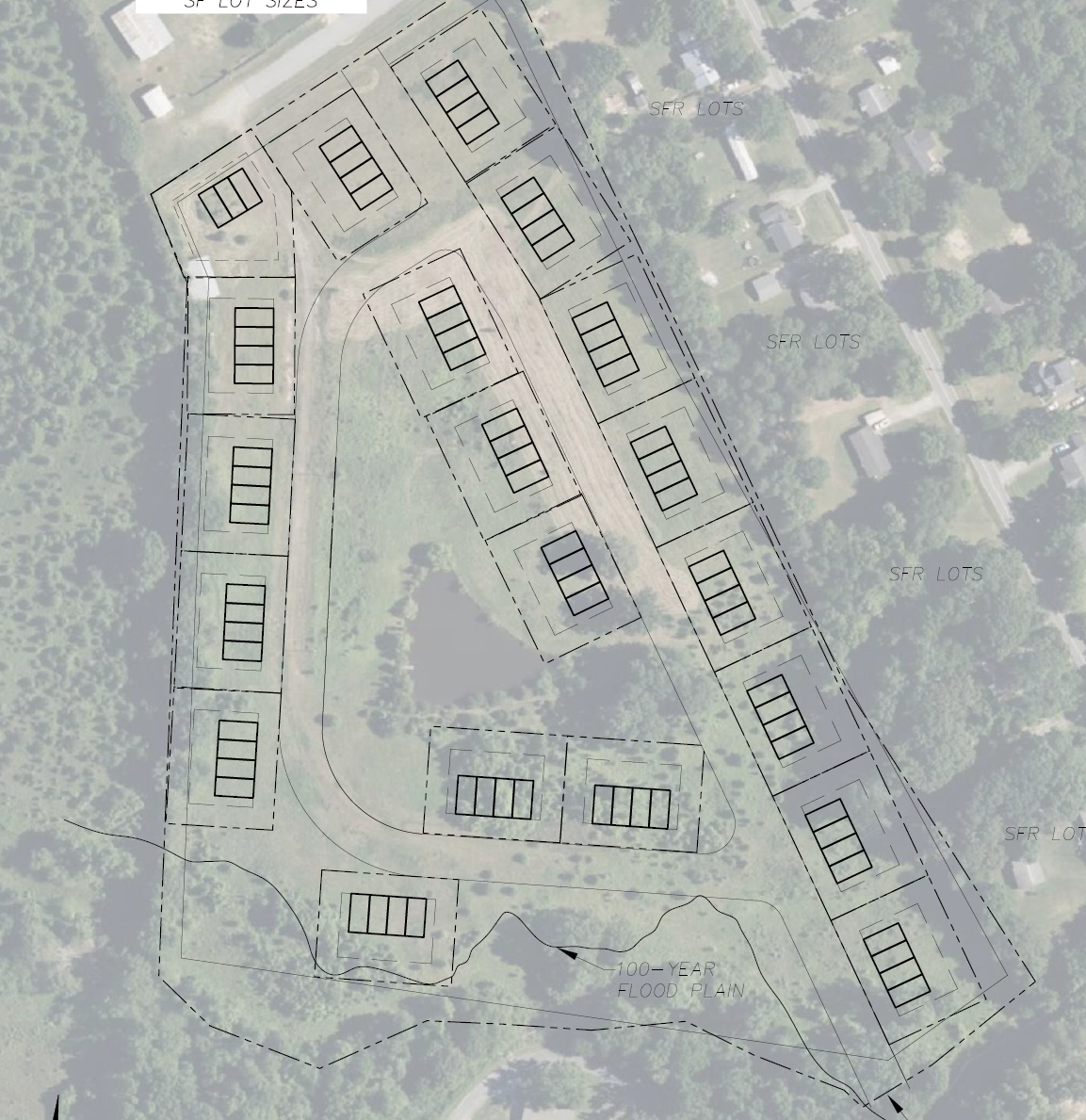
Step 2 - Sketch Plans
Inquiry with municipalities for the feasibility of the project and generate multiple plans for the best solution.
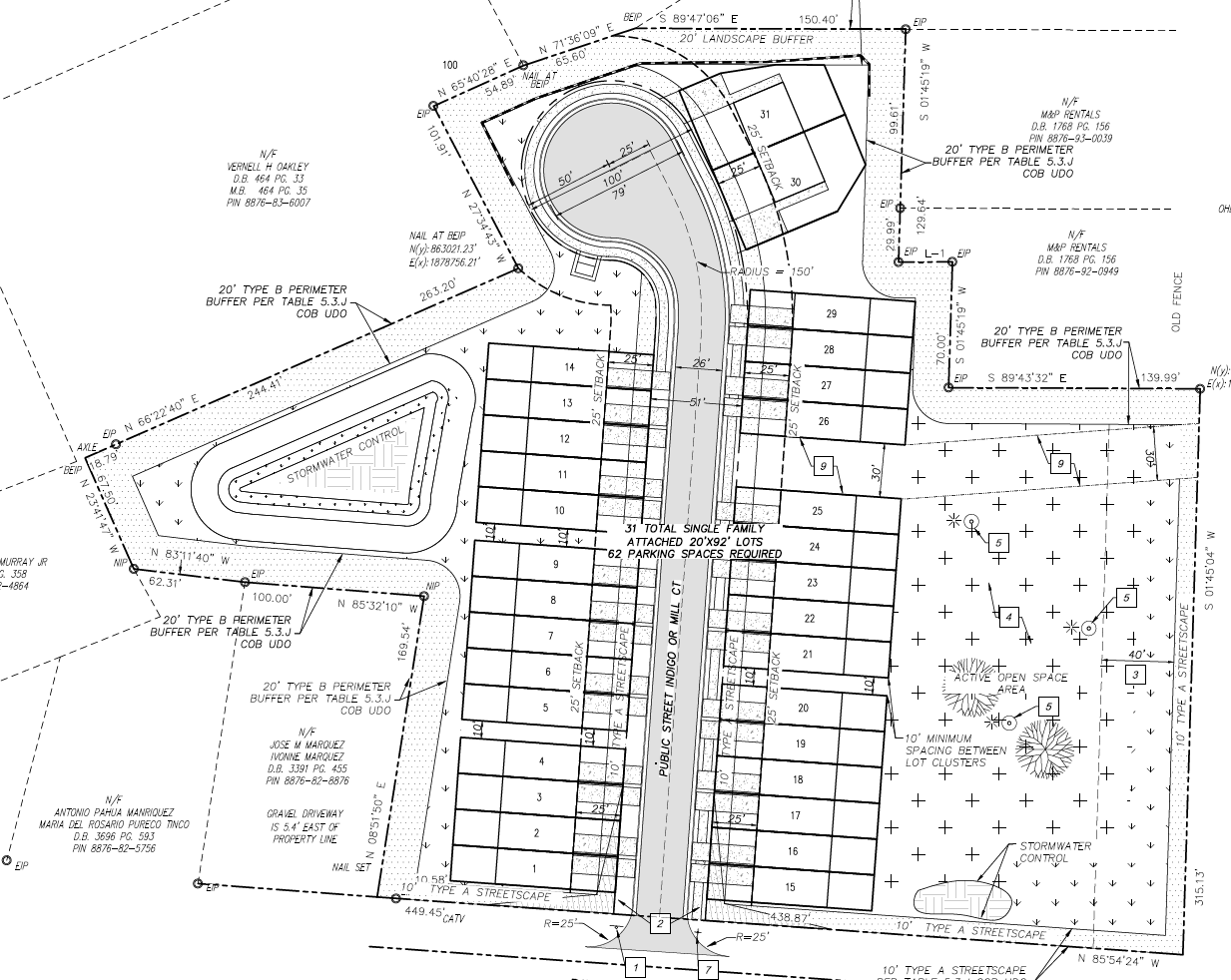
Step 3 - Preliminary Plat Set
Plans and documents for submittal to the municipality we are working with.
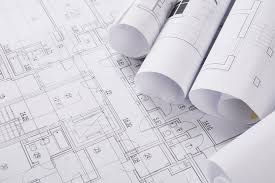
Service 4 - Coodination Until Approval
It is common to undergo multiple revisions to your plat from comments with the town and neighbors. We will ensure plats get entitled in a costly and timely manner.
- Pre-Application Consultation:
- Meet with the municipality’s planning department to discuss the proposed development, zoning requirements, and applicable regulations.
- Confirm the submittal requirements, fees, and timelines for preliminary plat review.
- Identify any special permits or studies (e.g., environmental, traffic, or stormwater) needed.
- Prepare the Preliminary Plat:
- Hire a licensed surveyor or engineer to create the preliminary plat, which must include:
- Property boundaries, dimensions, and acreage.
- Proposed lot layouts, streets, and infrastructure (e.g., water, sewer, stormwater).
- Topography, easements, and any natural features (e.g., wetlands, floodplains).
- Compliance with zoning and subdivision ordinances.
- Ensure the plat meets the municipality’s design standards and any state requirements (e.g., NCDEQ for environmental compliance).
- Submit the Preliminary Plat Application:
- Complete the municipality’s application form and pay required fees.
- Submit the preliminary plat along with supporting documents, which may include:
- Site plans, engineering reports, or environmental assessments.
- Traffic impact analysis (if required).
- Proof of ownership or authorization.
- Some municipalities require digital and hard copies of the plat.
- Technical Review:
- The planning department and other agencies (e.g., public works, fire, utilities) review the plat for compliance with local ordinances, infrastructure standards, and state laws.
- The review may involve multiple rounds of comments and revisions to address technical issues.
- Planning Board Review:
- The preliminary plat is presented to the municipal planning board during a public meeting.
- The board evaluates the plat based on zoning compliance, community impact, and consistency with the comprehensive plan.
- Public input may be allowed, depending on the municipality’s process.
- Public Hearing (if required):
- Some municipalities require a public hearing, especially for large or controversial developments.
- Notify adjacent property owners and post public notices as required by local ordinances.
- Approval or Conditional Approval:
- The planning board (or in some cases, the town/city council) votes to approve, deny, or conditionally approve the plat.
- Conditional approval may require revisions or additional documentation before final approval.
- If denied, the applicant receives written reasons and may revise and resubmit.
- Address Conditions (if applicable):
- Make any required revisions to the plat or provide additional materials to satisfy conditions of approval.
- Resubmit for final verification by the planning department.
- Record the Approval:
- Once approved, the preliminary plat is typically stamped or certified by the municipality.
- Note that preliminary plat approval does not permit construction; a final plat must be submitted and approved later, after infrastructure installation and other requirements are met.
© 2025 All Rights Reserved.
